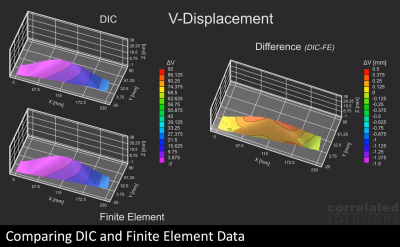The combination of the new Vic-3D FFT-Module and the known synchronisation / trigger device with Fulcrum module of isi-sys GmbH / Correlated Solutions INC for Vibrocorrelation permits full modal and vibration analysis using conventional low speed cameras. It can be applied on objects with high frequency excitation, which can replace High-Speed (HS) cameras, when conventional shakers are used for excitation.
Excitation signal
A periodic vibration signal with a wide frequency spectrum (e. g. chirp, fast sweep) is applies to a structure via an electrodynamic, hydraulic or piezo shaker. The cameras of a stereoscopic system are set to a short exposure duration (we use 200μs here) and they are triggered though the Fulcrum module of Vic-Snap.
The excitation signal is shown in the images below. A pulse is generated by the function generator for each cycle of the excitation (chirp) signal and connected to the synchronisation device below.
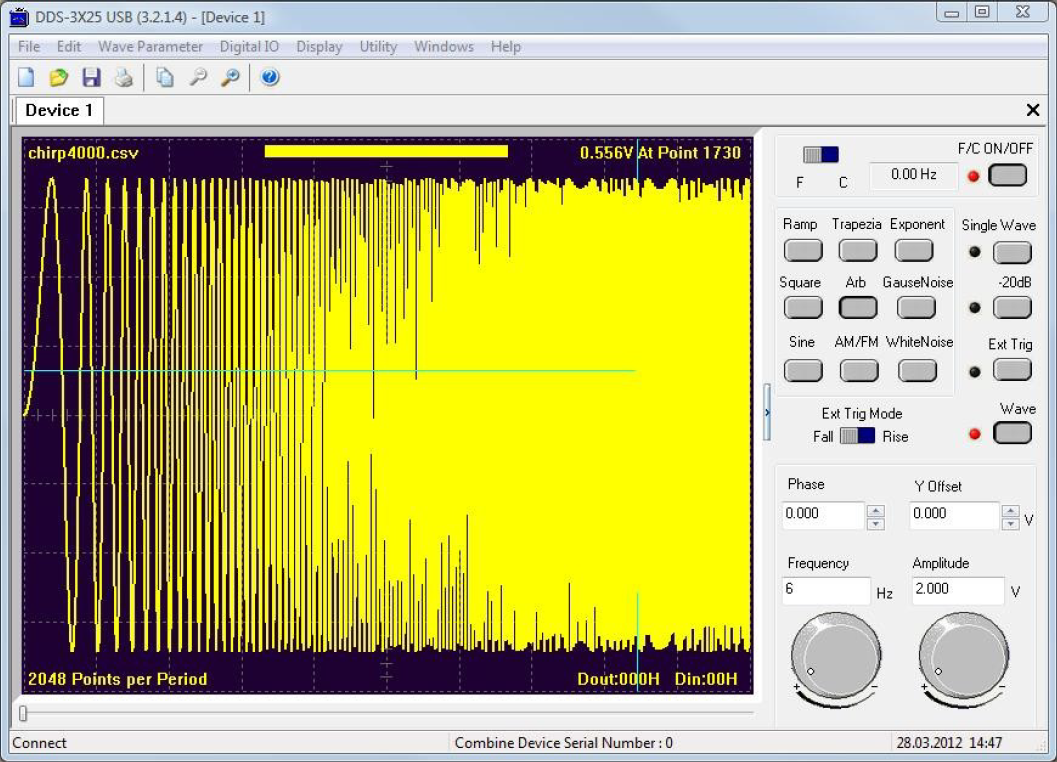
Image 1 – Frequency spectrum
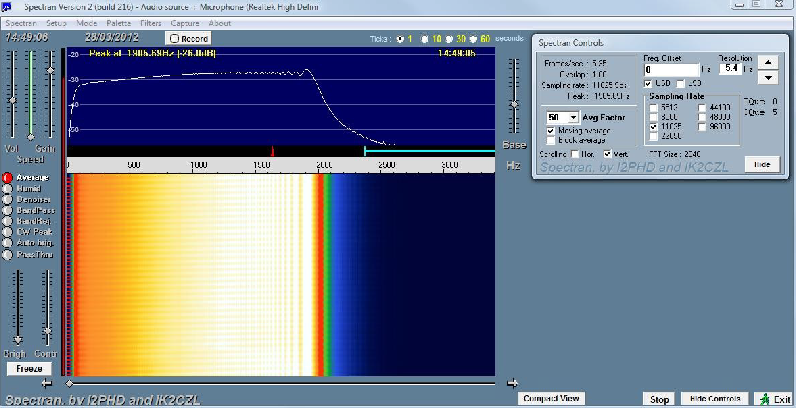
Image 2 – Excitation signal
Synchronisation
The cameras are triggered through the standard synchronisation/trigger device DAQ-STD-8D controlled by the Fulcrum Module for Vic-Snap/ Vic-3D.
FFT Module Evaluation Examples
The following results show the workspace of the FFT Module in Vic-3D with amplitude (left) and phase (right). Shifting the frequency value in the graphs below (amplitude or phase vs frequency) permits to select the corresponding mode shape for any analysed frequency. The amplitudes (left) are displayed here as 3D plot, other options are e.g. generation of animated videos of the mode shape vibration.
The results on a sqare plate 140 x 140mm of different resonance frequences are shown in the images below.
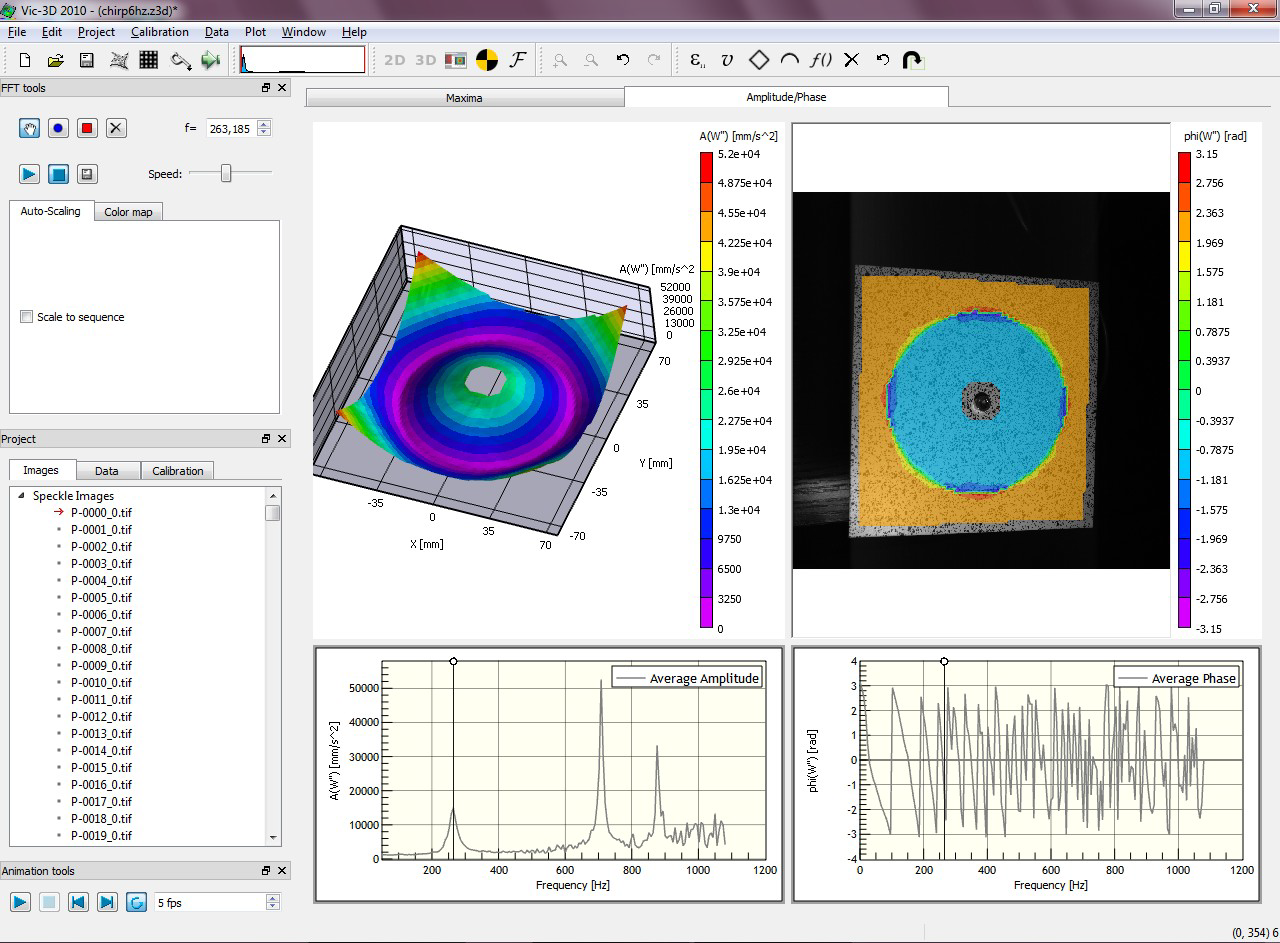
Image 3 – Resonance at 263 Hz

Image 4 – Resonance at 707 Hz
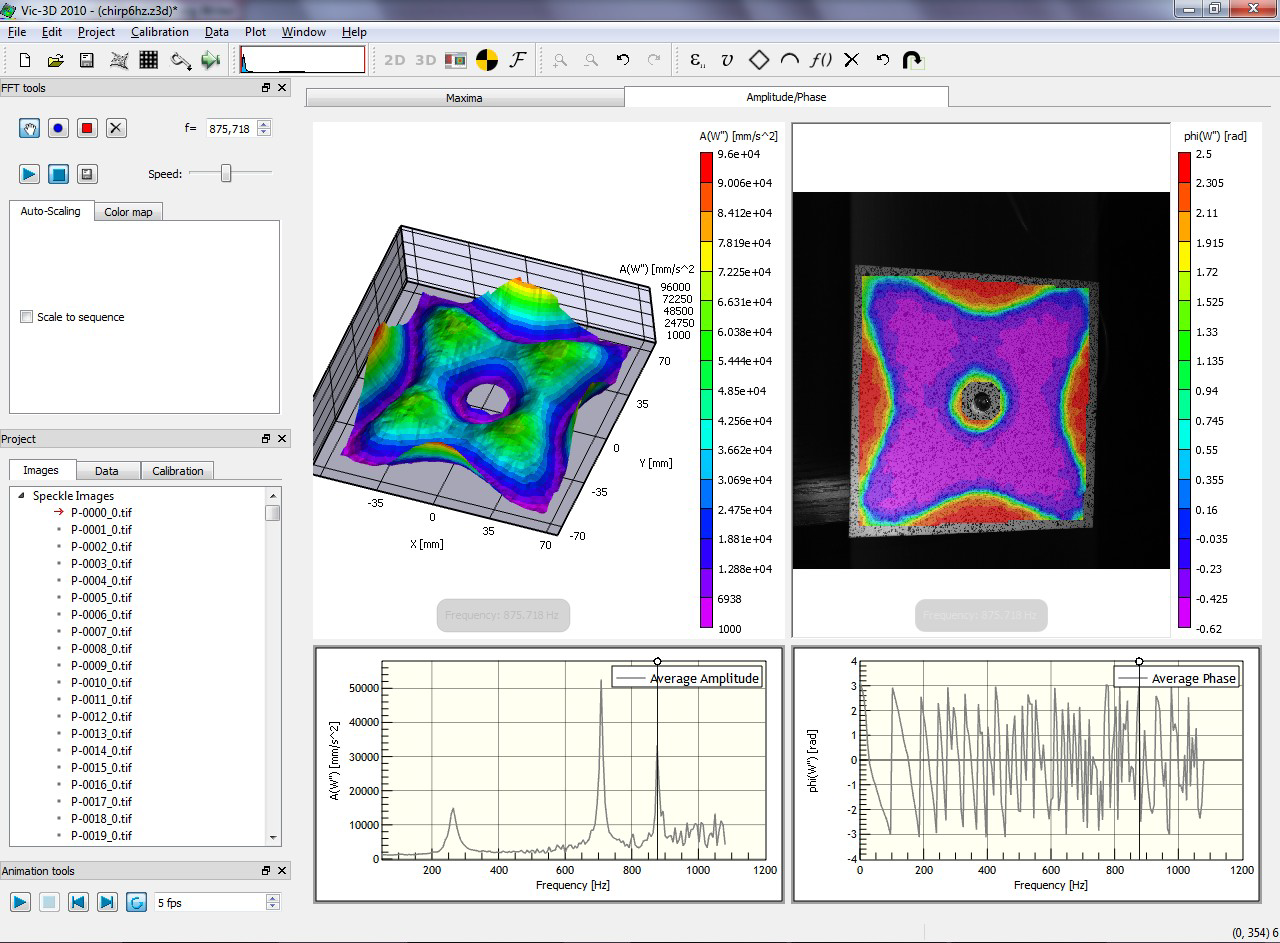
Image 5 – Resonance at 875 Hz
Application example of the FFT module:
Operation mode analysis on a mobile phone during vibration alert





